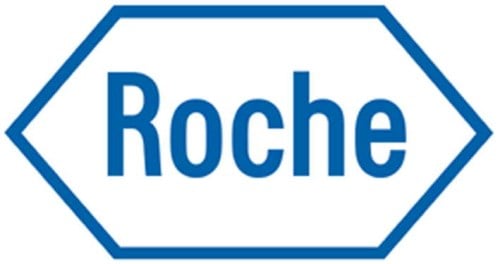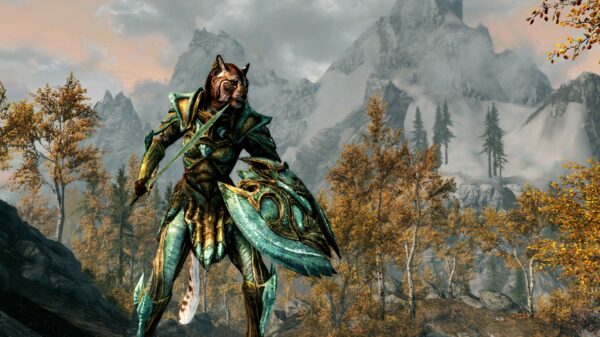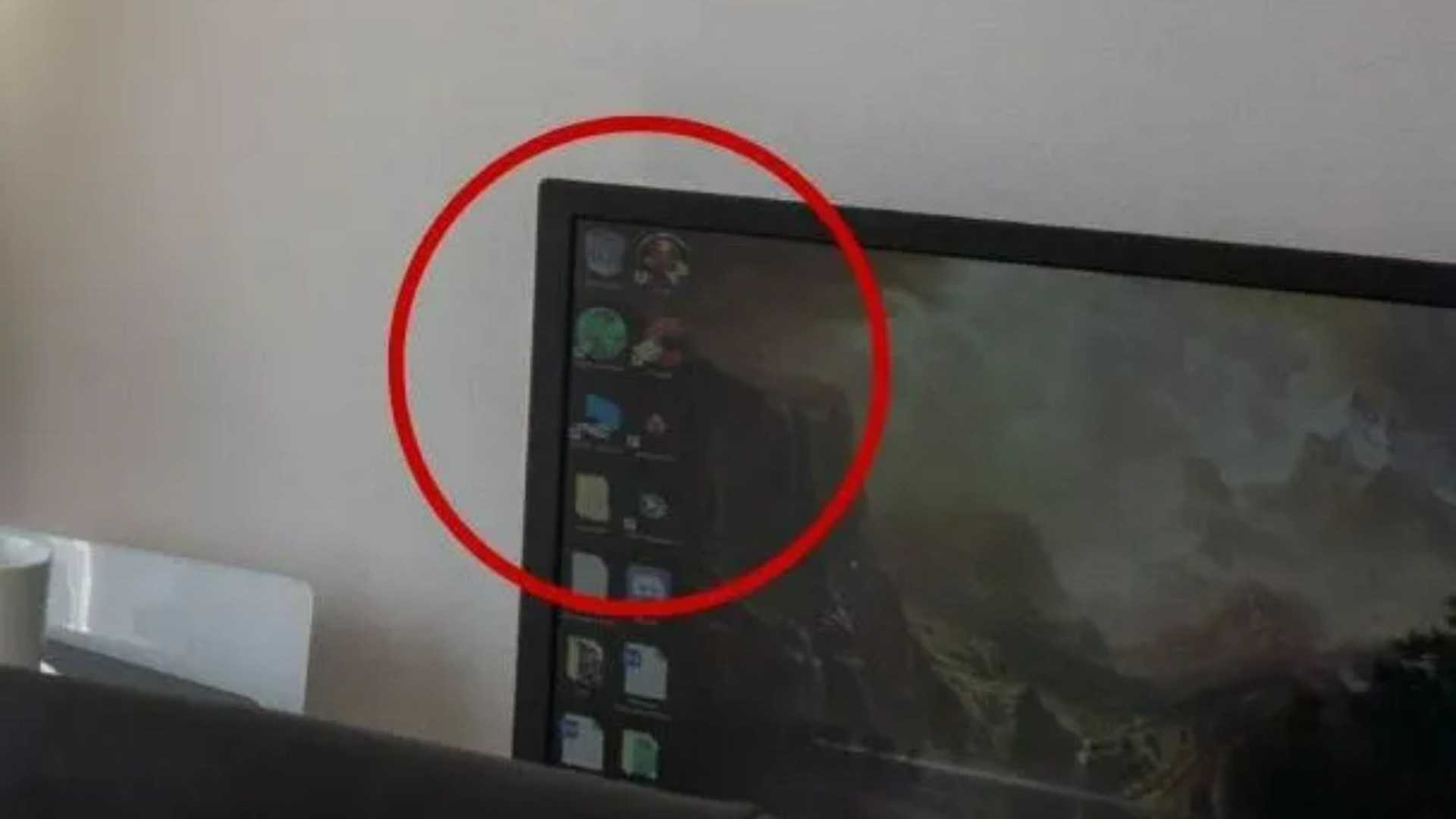A property listing in New Zealand has inadvertently revealed chilling clues linked to the 2019 Christchurch mosque attacks, where 51 people were tragically killed. The discovery, made by investigative journalist Joey Watson, points to the apartment where Brenton Tarrant, the convicted terrorist, lived prior to the attack.
In March 2019, Tarrant, a self-proclaimed white supremacist, targeted Muslim worshippers at Al Noor Mosque and Linwood Islamic Centre. The attack, which was live-streamed on social media, shocked the world and led to significant changes in New Zealand’s gun laws. Tarrant was sentenced to life imprisonment without parole in August 2020.
Uncovering Haunting Evidence
The property listing initially appeared ordinary, showcasing a modest kitchen, bathroom, and sparsely furnished rooms. However, Watson’s keen eye noticed a computer on a desk in the study, logged in and displaying its desktop. Among the icons was a Word document believed to be Tarrant’s 74-page manifesto, which he released online before the massacre.
This document detailed Tarrant’s preparation for the attack, including a trip to Europe two years prior, where he described certain areas as “cursed” and immigrants as “invaders.” The manifesto also revealed his inspiration from Anders Breivik, the far-right extremist responsible for the 2011 Norway attacks.
“The computer’s background image, a painting called Among the Sierra Nevada by Albert Bierstadt, is said to have gained popularity among extremists on dark web forums,” Watson explained in his podcast, Secrets We Keep: Lone Actor.
Digital Footprints and Extremist Connections
Further investigation of the computer revealed the presence of Tor, an anonymity browser often linked to dark web activities, and Eraser, a software used for permanently deleting files. Additionally, the messaging app Discord was installed, which has been associated with neo-Nazi groups known as the Skull Mask network.
Watson’s findings suggest Tarrant was connected to these extremist networks, using platforms like Discord to communicate with like-minded individuals. The Skull Mask network reportedly emerged from the notorious extremist forum Iron March, highlighting the global reach and digital footprint of such ideologies.
The Christchurch Massacre’s Aftermath
The attack on March 15, 2019, marked a dark day in New Zealand’s history. Tarrant’s actions prompted a swift response from the government, resulting in a ban on military-style semi-automatic weapons. The tragedy also sparked a broader conversation about online radicalization and the spread of extremist ideologies.
Tarrant’s background reveals a troubled journey. After the death of his father, he embarked on a seven-year global tour, which his family believes significantly altered his worldview. In his manifesto, Tarrant expressed disinterest in formal education, stating, “I had little interest in education. I did not attend university as I had no great interest in anything offered.”
“It’s only since he travelled overseas I think that boy has changed completely to the boy we knew,” Tarrant’s grandmother told 9News.
Implications and Future Steps
The recent discovery by Watson underscores the ongoing challenges in addressing online extremism and the role of digital platforms in facilitating radicalization. It raises questions about the effectiveness of current monitoring systems and the need for international cooperation to combat these threats.
As New Zealand continues to heal from the 2019 attacks, the revelations from the property listing serve as a stark reminder of the enduring impact of Tarrant’s actions. Authorities and communities alike remain vigilant, striving to prevent future tragedies and promote peace and understanding.
The chilling clues uncovered by the property listing not only provide insight into Tarrant’s mindset but also highlight the importance of continued vigilance in the fight against extremism. As the world grapples with the complexities of digital radicalization, the lessons from Christchurch remain ever pertinent.








































































